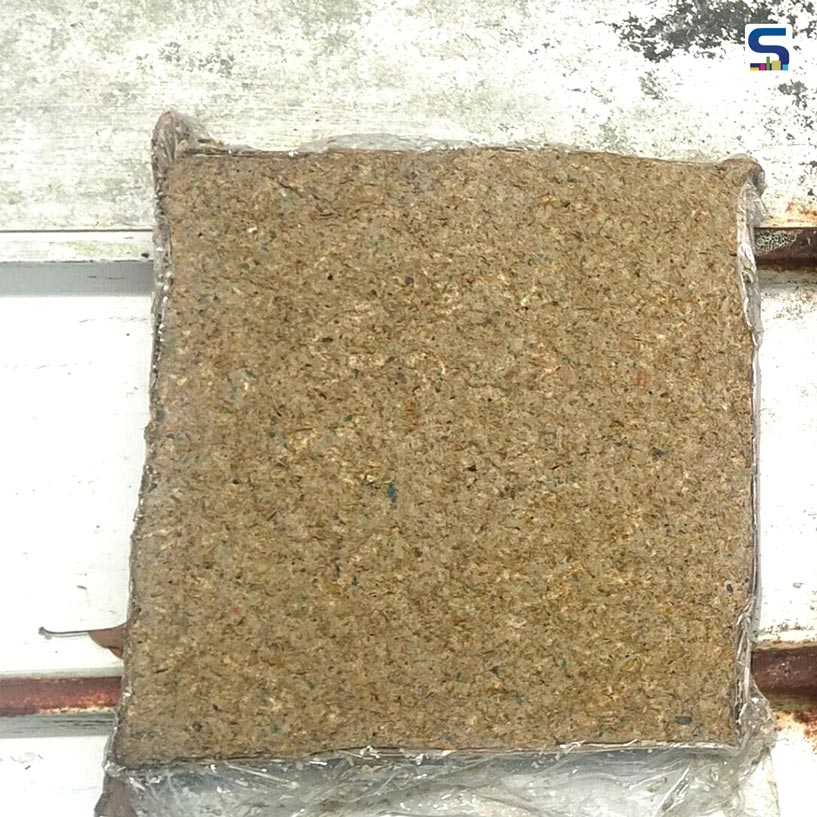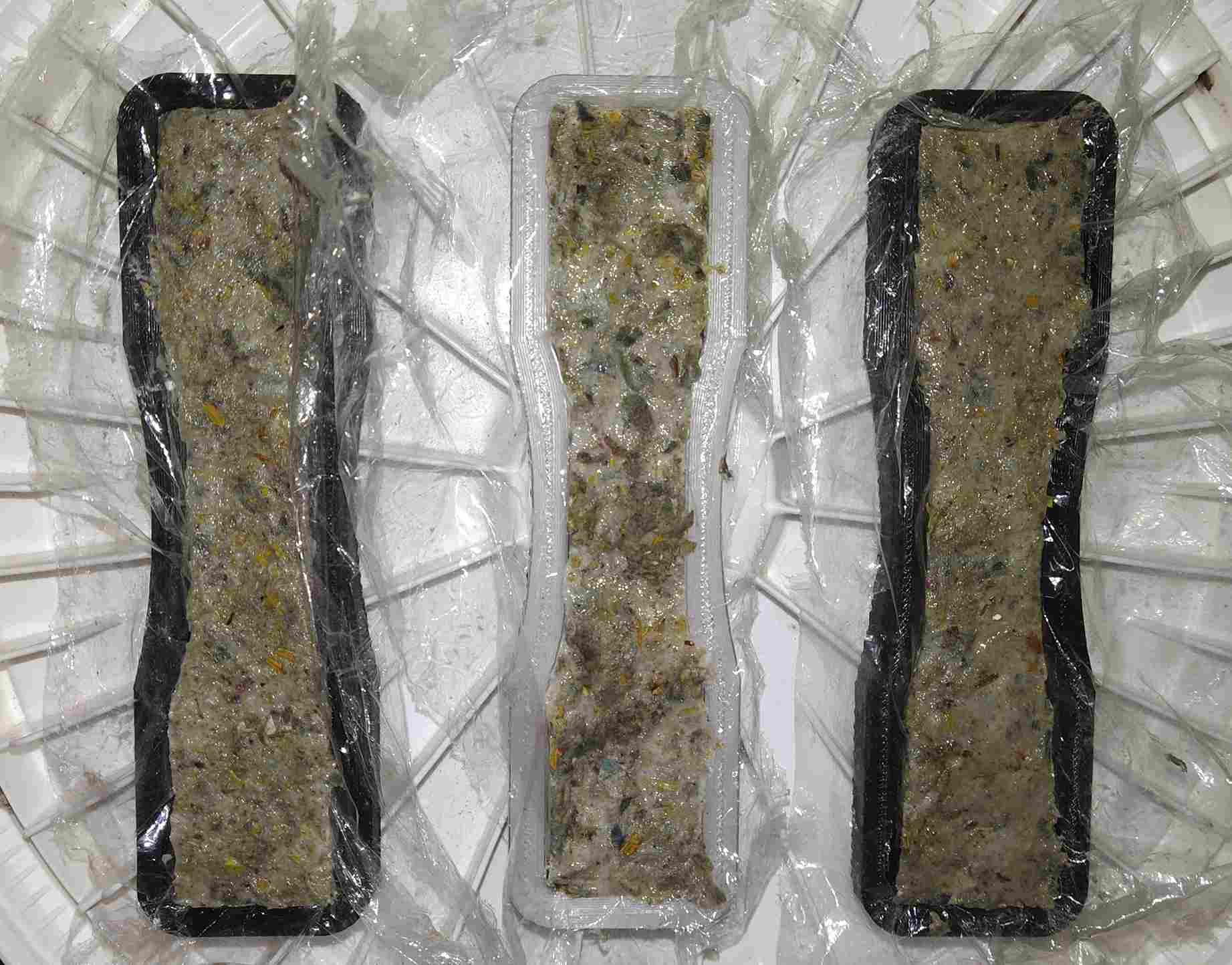
The construction industry ranks as the second-largest contributor to plastic consumption and accounts for over a third of global energy-related greenhouse gas emissions. Manufacturing processes involved in creating construction materials have adverse effects on air, land and water quality. Consequently, there is a growing interest in construction materials derived from agro-industrial waste due to their reduced environmental impact. In a bid to contribute to the development of innovative materials utilizing commonly considered waste, researchers in Panama have successfully engineered an insulation material based on rice husks and assessed its thermal and mechanical characteristics. The findings of their study have been published in Frontiers in Built Environment. Know more about it on SURFACES REPORTER (SR).
Rice Husk Insulation
According to Dr NacarI MarIn Calvo, a researcher at the Universidad Tecnologica de Panama, Centro Regional de Azuero, and the lead author of the article, “Our research demonstrates the feasibility of creating an alternative insulating material using recycled newspaper and rice husk. The resulting material exhibits competitive thermal conductivity when compared to various natural and recycled insulation materials.” In the rural areas of Panama where the research was conducted, rice husks are commonly considered agricultural waste and are usually discarded in landfills or incinerated, posing a significant environmental challenge. The researchers, thus, developed the insulation material by shredding the husks and combining them with cellulose obtained from recycled and shredded newspaper. Borax was then added to make the mix resistant to fungi and impart fire-retardant properties, and all components were bonded using glue.
Various material compositions were reportedly tested to assess the material’s behaviour with varying amounts of rice husk. The researchers found that, regardless of the composition, the thermal conductivity (k-value), maximum stresses and compressive strength values were similar. The tested compositions exhibited k-values ranging between 0.0409-0.04607 W/mK, making them competitive with other natural and recycled insulation materials.

The material holds promise for various engineering applications, including lightweight component production, construction panels, and sustainable packaging.
Sustainable Construction Solution
The tensile strength, measuring the maximum stress a material can endure while being stretched or pulled, ranged from 1.31 to 1.76 megapascals (MPa) for the different compositions. Compressive strength values, reflecting a material’s ability to withstand being pushed together, fell between 20.19 and 21.23 MPa. These results suggested the potential use of the developed material in construction applications. While emphasizing the need for further studies to confirm the material’s insulating properties and its performance in diverse climates beyond the high humidity of Panama, Dr Marin Calvo highlighted ongoing research evaluating the material’s degradation under controlled ambient conditions. The researchers also proposed exploring additional configurations, such as incorporating long fibers in one direction, to enhance the material’s behaviour in tension. Dr Marin Calvo concluded that the material holds promise for various engineering applications, including lightweight component production, construction panels, and sustainable packaging.
Image credit: Universidad Tecnologica de Panama